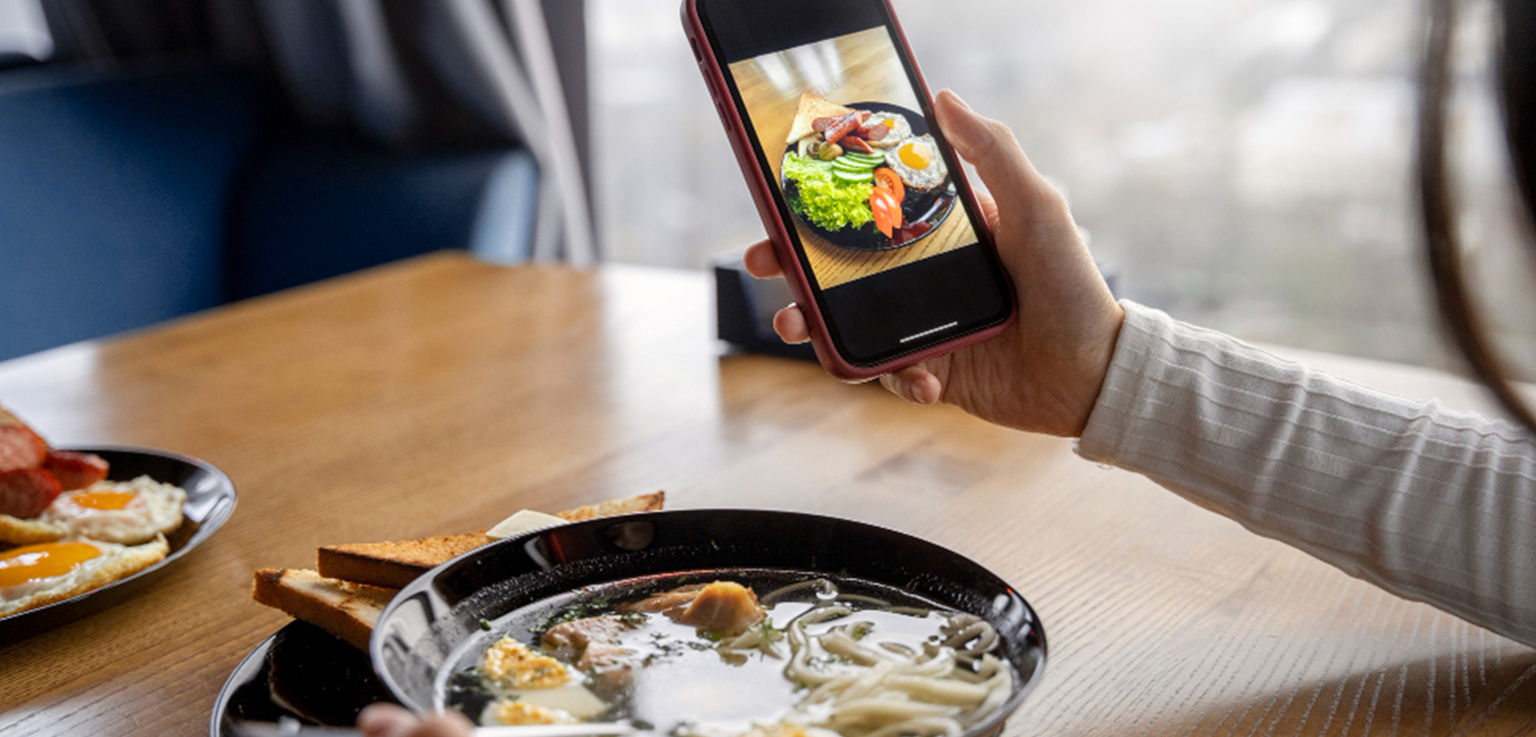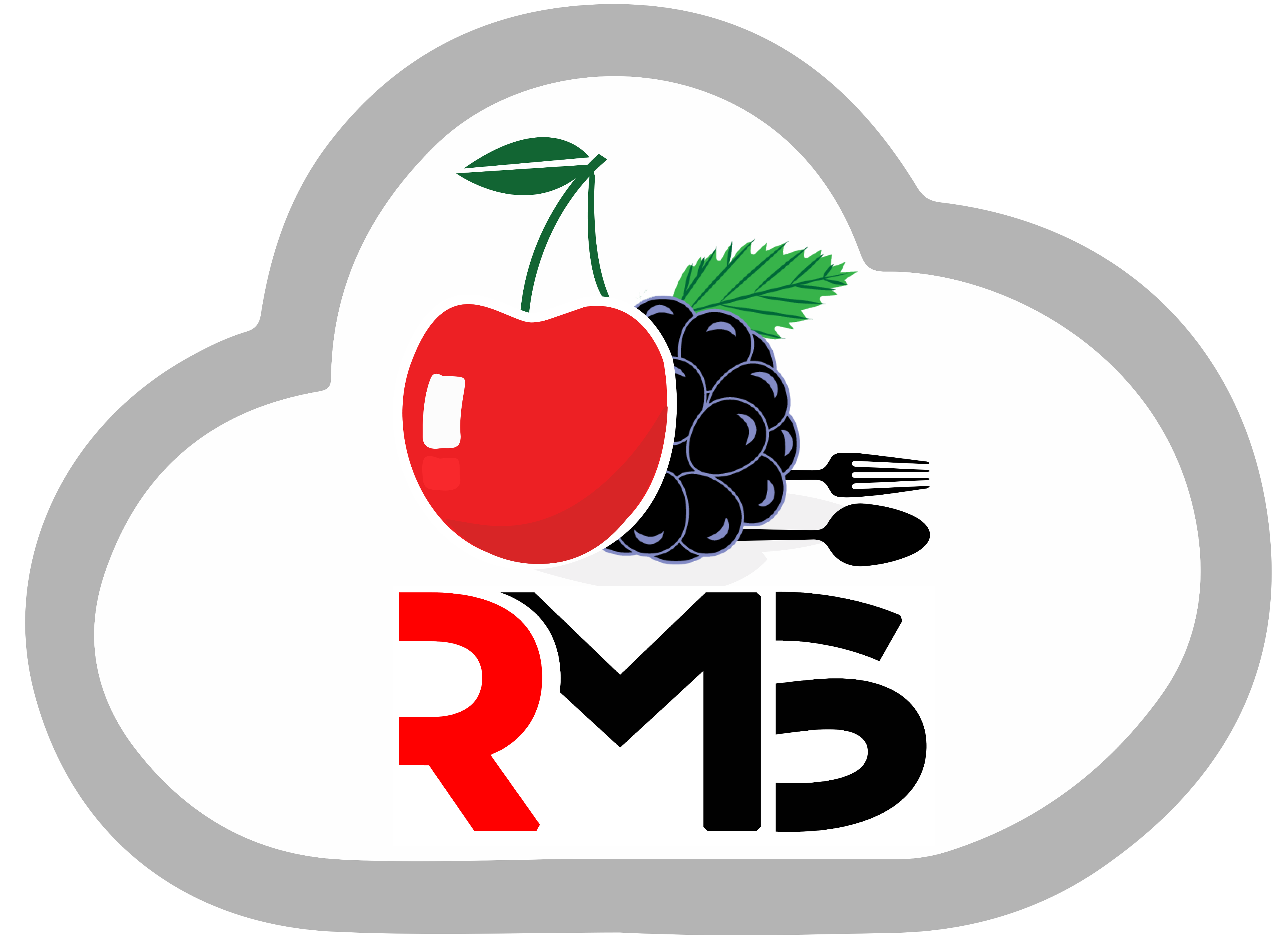
In the fast-paced world of modern dining, food delivery apps have become a vital tool for restaurants looking to expand their customer base and streamline their operations. To succeed in this competitive market, Food Delivery App Development for Restaurants must incorporate a range of essential features that enhance the user experience, increase efficiency, and drive customer satisfaction. In this article, we will explore the key features that every restaurant food delivery app should include to meet the demands of today’s discerning customers.
Key Features Of Food Delivery App Development For Restaurants
1 – User-Friendly Interface
The first and most critical feature of a restaurant food delivery app is its user-friendly interface. The app should be intuitive, visually appealing, and easy to navigate. Users should be able to browse the menu, select items, and place orders with minimal effort. Additionally, the app’s design should be responsive and compatible with both mobile devices and tablets to accommodate a broader audience.
2 – Menu Customization
Allowing customers to customize their orders is essential for personalizing their dining experience. A good food delivery app should enable users to modify menu items by adding or removing ingredients, choosing portion sizes, or specifying preparation instructions. This feature not only enhances customer satisfaction but also reduces the likelihood of order mistakes.
3 – Search and Filter Options
To help users quickly find their desired dishes, restaurant food delivery apps should provide search and filter options. Customers should be able to search for specific items, sort by cuisine, price, or dietary preferences, and filter results by popularity or availability. This feature simplifies the ordering process and ensures that customers can easily discover new items.
4 – Integration with Online Payment Systems
Convenience is a major driver of the success of food delivery apps. Therefore, seamless integration with various online payment methods is essential. Users should be able to pay for their orders using credit or debit cards, digital wallets like Apple Pay or Google Pay, and even cash on delivery. Ensuring a secure payment process is crucial for building trust with customers.
5 – Order Tracking
Customers appreciate transparency and the ability to track their orders in real-time. Implementing an order tracking feature in the app enables users to monitor the status of their orders from the moment they are placed until they are delivered. This not only reduces anxiety but also keeps users engaged with the app.
6 – Reviews and Ratings
Including a review and rating system within the app provides valuable feedback for both customers and restaurants. Users can share their experiences and rate the quality of food, delivery time, and overall service. This information helps restaurants improve their offerings and helps other customers make informed decisions when ordering.
7 – Loyalty Programs and Discounts
To encourage repeat business, restaurant food delivery apps should offer loyalty programs and discounts. This could include rewarding customers with points for each order, offering discounts on future orders, or providing special promotions to frequent users. Loyalty programs not only boost customer retention but also attract new users.
8 – Delivery Scheduling
Some customers prefer to plan their meals, and restaurants should accommodate this by offering delivery scheduling. This feature allows users to place orders for future dates and times, ensuring their food arrives when they want it, whether for a special occasion or daily meal planning.
9 – Geolocation and Address Verification
Accurate delivery is vital for a positive customer experience. By incorporating geolocation services and address verification, the app can confirm the delivery location and provide precise directions to the driver. This minimizes delivery errors and reduces the risk of orders being sent to the wrong address.
10 – Driver Tracking
Just as customers appreciate order tracking, knowing the status and location of their delivery driver adds an extra layer of convenience and security. Implementing a driver tracking feature in the app allows users to see when their order is en route, providing a more exact delivery time.
11 – In-App Chat Support
In-app chat support is a valuable feature that allows users to communicate with customer service representatives in real-time. This can be especially helpful when customers have special requests, encounter issues with their orders, or need assistance with the app.
12 – Push Notifications
Push notifications serve as a powerful marketing and communication tool. Restaurants can use them to inform customers about special offers, order updates, and promotions. However, it’s essential to strike the right balance to avoid overwhelming users with notifications.
13 – Multi-Language Support
To cater to a diverse customer base, restaurant food delivery apps should offer multi-language support. This feature ensures that non-English-speaking users can navigate the app, place orders, and access customer support in their preferred language.
14 – Integration with Social Media
Integrating the app with social media platforms can help restaurants expand their reach and engage with customers. Users should be able to share their dining experiences, reviews, and photos on platforms like Facebook, Instagram, and Twitter, promoting the restaurant and the app to a broader audience.
15 – Analytics and Data Insights
The power of data cannot be understated in today’s digital world. Restaurant owners can benefit from analytics and data insights provided by the app. These tools can help in understanding customer preferences, optimizing menus, improving delivery routes, and making informed business decisions.
16 – Real-Time Inventory Management
To avoid disappointing customers with unavailable items, the app should feature real-time inventory management. This ensures that users only see menu items that are currently in stock, reducing the likelihood of order cancellations and customer dissatisfaction.
17 – Robust Security Measures
Security is paramount when it comes to handling sensitive customer data and payment information. Robust security measures, including encryption and compliance with data protection regulations, are essential to protect both customers and the restaurant’s reputation.
18 – Integration with POS Systems
For restaurants, seamless integration with Point of Sale (POS) systems is critical for efficient order processing and inventory management. POS integration ensures that orders placed through the app sync with the restaurant’s in-house operations.
19 – Offline Mode
While most features rely on an internet connection, having an offline mode is useful for users who may face connectivity issues. The app should allow users to browse the menu and access essential functions even without an active internet connection, ensuring a consistent user experience.
20 – Feedback and Support Channels
Incorporating feedback and support channels within the app provides an avenue for users to reach out with inquiries or issues. These channels could include email, phone, or a live chat feature, enabling users to get the assistance they need quickly.
Conclusion About Food Delivery App Development For Restaurants
A successful restaurant Food Delivery App goes beyond just facilitating food orders. It needs to offer a comprehensive user experience that ensures convenience, personalization, security, and transparency. Incorporating the essential features discussed in this article can help restaurants meet the expectations of today’s tech-savvy customers and thrive in the highly competitive food delivery industry. By continually improving and expanding their app’s capabilities, restaurants can build strong customer relationships and drive long-term success. Choose Cherryberry RMS today for food delivery app development for restaurants!
